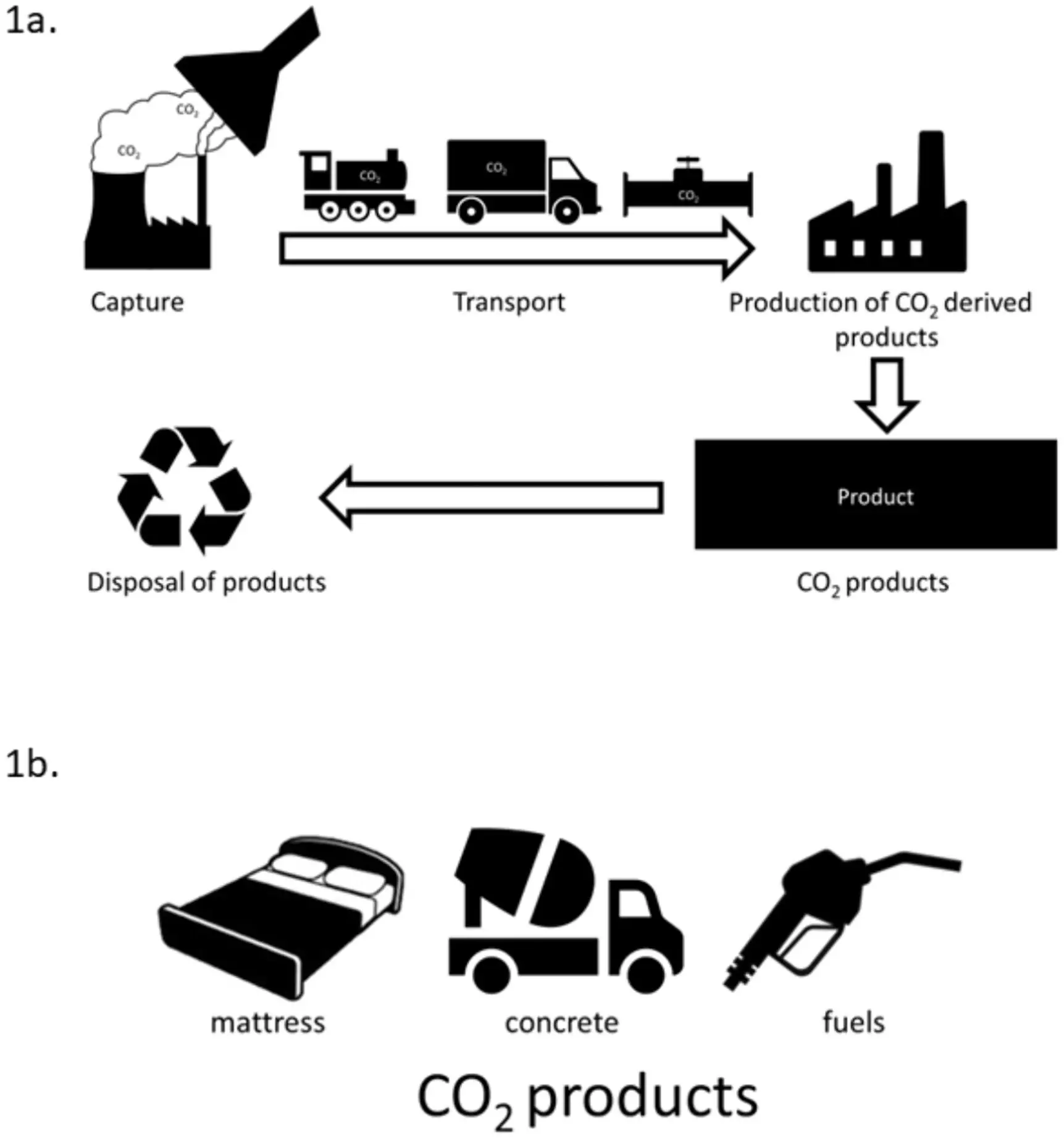The quest to mitigate global climate change is pressing, leading to the consideration of various technological and policy strategies. Among the emerging solutions is Carbon Capture and Utilization (CCU), a technology designed to capture carbon dioxide emissions and utilize them in creating commercial products. However, the effectiveness and acceptance of such technologies often hinge on public perception. Recent research by a team from the University of Michigan, led by Kaitlin Raimi, sheds light on how different segments of the U.S. population view CCU and its potential as a tool for emission reduction. This article critically examines their findings and implications.
The Duality of Public Perception
The study highlighted that while there is an overall favorable attitude towards CCU among Americans, support varies significantly when contexts and dimensions of the technology are examined. Public acceptance is not a monolith; it is fragmented along different lines—including local facility deployment and the commercialization of CCU-derived products. While many respondents are open to the concept of CCU, their enthusiasm wanes especially when it involves local implementations. This reveals an intrinsic skepticism that often accompanies new technologies, especially those that might alter local environments or operations.
This pattern aligns with a broader trend where community members express heightened concern about environmental impacts at the local level. These concerns are essential because they reflect a nuanced understanding of the effects that such technologies could have on community landscapes—both economically and ecologically.
Interestingly, participants of the study expressed a belief that CCU could spur economic growth without significantly improving health outcomes or effectively combating climate change. This dichotomy raises crucial questions about the priorities held by the public. While economic benefits are undoubtedly attractive, it is critical to consider how environmentally compromising practices could offset these gains. The worry about land use changes and possible carbon dioxide leakage from these products illustrates the palpable distrust that exists around such technologies, especially among racial minorities who have historically borne the brunt of environmental degradation.
Furthermore, the economic allure of CCU must be carefully scrutinized. There is a danger that the immediate financial incentives linked to its implementation could overshadow the longer-term ecological repercussions. There is a pressing need for transparent dialogue among stakeholders to foster trust and assure communities that their environmental well-being is considered in decision-making processes.
Internal Divisions: Gender and Racial Perspectives
The study also illustrated how perception of CCU varies across racial and gender lines. Minority groups reported higher levels of concern regarding local environmental risks associated with CCU than their white counterparts, potentially related to their lived experiences with environmental issues in their communities. This can be indicative of a broader trend where marginalized communities are often more critically aware of, and affected by, environmental policies or technologies that could jeopardize their living conditions.
Furthermore, men were found to show greater support for CCU compared to women. This imbalance could stem from differing levels of environmental awareness or varying degrees of comfort with industrial technologies, suggesting that outreach efforts need to be carefully tailored to address these disparities.
The conclusions of the study highlight a need for inclusivity when discussing CCU and engaging in decision-making processes. It is crucial to amplify the voices of those who may be adversely affected by the introduction of such technology, including racial minorities and local communities. The researchers point out that collaborative dialogue between experts and the public can facilitate more comprehensive problem-solving approaches to tackle climate change effectively.
Moreover, the U.S.’s lagging efforts compared to European countries in reducing emissions should serve as a clarion call for enhanced awareness and action. As the study indicates, many Americans exhibit ambivalence toward climate change, which is further complicated by existing political polarization. This apathy underscores the importance of educational initiatives that foster a better understanding of environmental technologies and their consequences.
While CCU presents a promising technology in the arsenal against climate change, its acceptance is far from guaranteed. Public sentiment on the technology is complex and influenced by an array of factors, including economic incentives, environmental concerns, and social identity. To successfully integrate CCU into broader climate strategies, stakeholders must cultivate transparent and inclusive dialogues, ensuring that all voices are heard, and that potential risks are carefully assessed alongside the economic benefits. Only through collective engagement can we hope to forge a path toward more sustainable practices that benefit both the environment and local communities.


Leave a Reply